The Fourth
Industrial Revolution
Below are some thoughts on how technology will change and how mega trends such as 3D printing, Virtual Reality, Augmented Reality, Autonomous Driving, and IoT will come into view over the next decade.
The Fourth industrial revolution
We are facing a technological revolution that will significantly influence our lives, our work and even more so, our landscape. This transformation will be unlike anything we have experienced before. The Fourth Industrial Revolution by Klaus Schwab is a continuation of the digital revolution and is characterized by a fusion of technologies that is blurring the lines between the physical, digital, and biological spheres. The main difference to all previous technological revolutions is that if one thing changes the whole system needs to change to keep up.
Automotive Industry
“If I had asked people what they wanted, they would have said faster horses.” - Henry Ford
Henry Ford changed the face of industry forever by creating the continuously moving assembly line. With the rise of automobile mass production the world has changed in several profound ways, including facilitating and expediting transportation and travel, enabling movement of populations from cities to suburbs and even improving economies.
Today, Autonomous technology will influence our landscape more significantly than the invention of the automobile itself. The fusion of technologies will change exponentially rather than linearly. Here is what we can expect:
 Rolls Royce Vision Next 100 Concept
Rolls Royce Vision Next 100 ConceptTransportation
"Data enables innovative transportation options, such as car-sharing, ride-sharing, and pop-up bus services, and more rapid delivery of goods," - Ford at CES 2016, great news for the environment and infrastructure budgeting. By 2045, the U.S. economy is forecast to grow by 115% to $36.7 trillion. The transportation sector will represent about $1.6 trillion of total Gross Domestic Product. In order to manage this challenge the FAA started the NextGen air traffic control project to route planes more efficiently. Future transportation will come in many forms, sooner than we think.
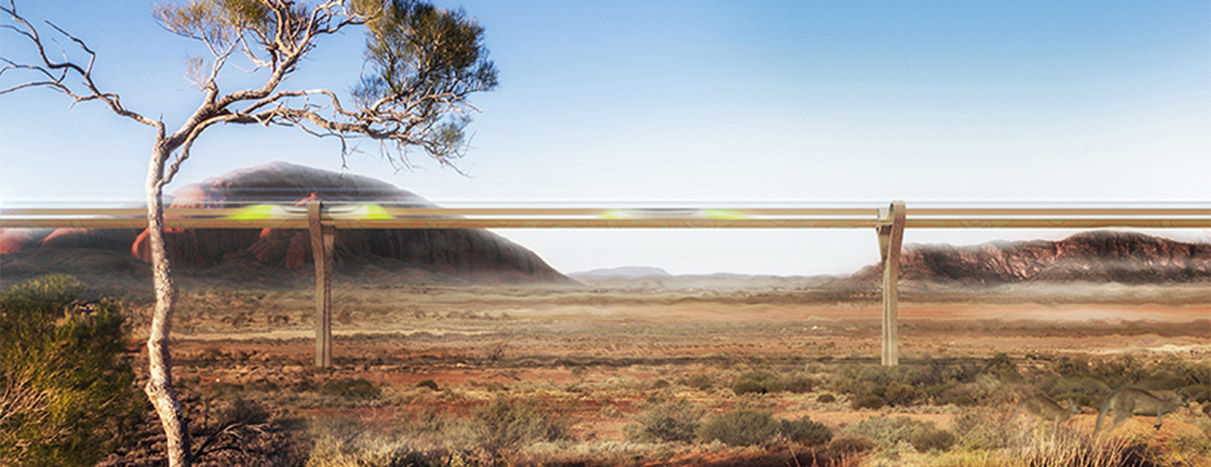 Australian Outback features the unobtrusive hyperloop — rendering
Australian Outback features the unobtrusive hyperloop — renderingArtificial Intelligence (AI)
In the 2013 movie "Her," actor Joaquin Phoenix's character falls in love with his smartphone operating system, "Samantha," a computer-based personal assistant who becomes sentient. Technology will take on increasingly personal roles in people's daily lives, and will learn human habits and predict people's needs.
 Joaquin Phoenix in HER movie directed by Spike Jonze.
ILLUSTRATION BY OWEN FREEMAN
Joaquin Phoenix in HER movie directed by Spike Jonze.
ILLUSTRATION BY OWEN FREEMANInternet of Things
The Internet of Things is the network of physical devices, vehicles, and buildings embedded with electronics, software, sensors, and actuators designed to communicate with users as well as other devices. New architectural approaches for better perfoming platforms, faster and safer event stream processing and advanced security will change the IoT in the comming tears. - wikipedia
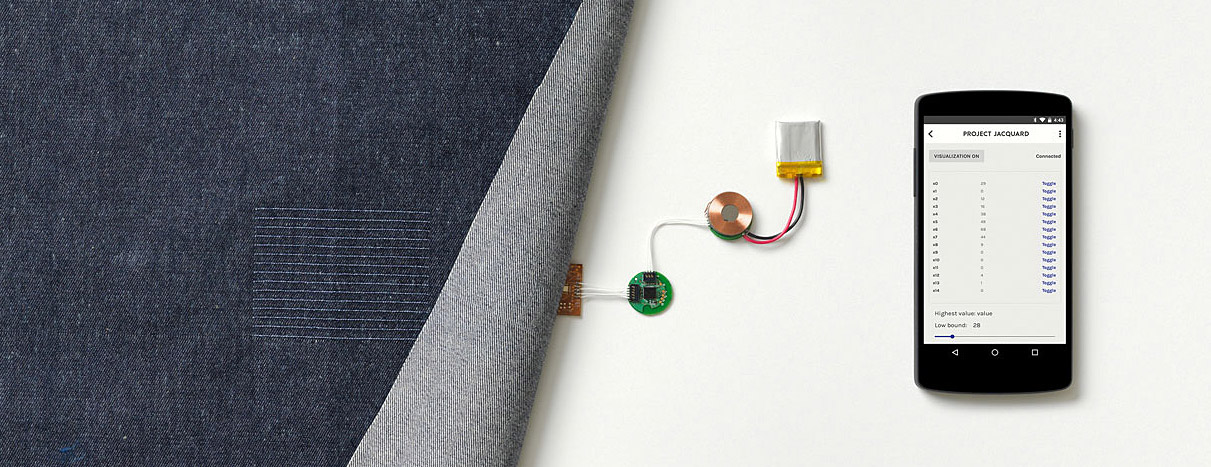 Project Jacquard makes it possible to weave touch and gesture interactivity into any textile using standard, industrial looms
Project Jacquard makes it possible to weave touch and gesture interactivity into any textile using standard, industrial loomsVirtual/Augmented Reality
Virtual reality (or VR) is a computer technology that replicates an environment, real or imagined, and simulates a user's physical presence and environment to allow for user interaction with this environment. Virtual realities artificially create sensory experiences, which can include sight, touch, hearing, and smell. Augmented reality (AR) is a live direct or indirect view of a physical, real-world environment whose elements are augmented (or supplemented) by computer-generated sensory input such as sound, video, graphics or GPS data. It is related to a more general concept called mediated reality, in which a view of reality is modified (possibly even diminished rather than augmented) by a computer. As a result, the technology functions by enhancing one’s current perception of reality. By contrast, virtual reality replaces the real world with a simulated one. - wikipedia
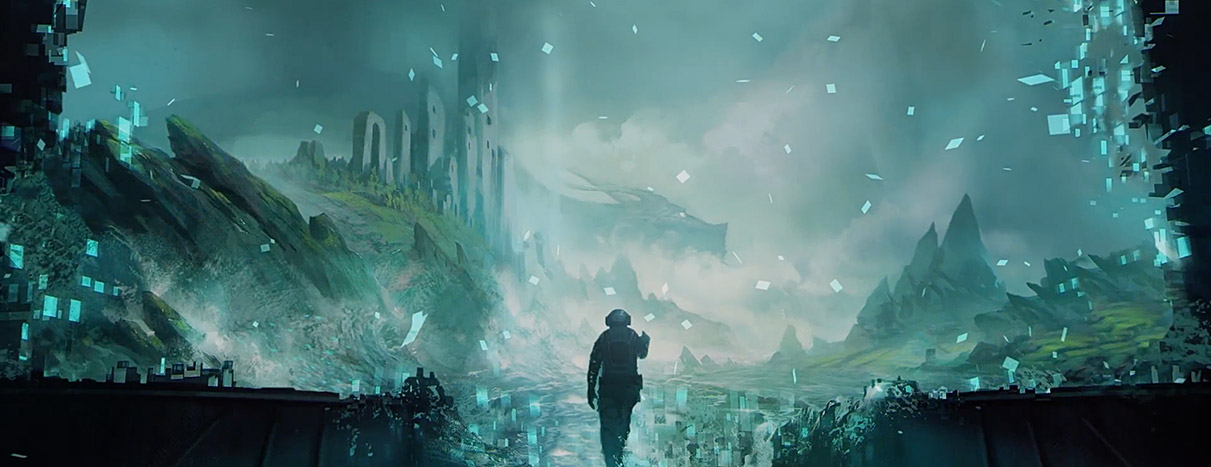 THE VOID Utilizing a layering of real-time interactive environments, and blending the real world with the digital, our participants are placed into our Hyper-Reality experiences.
THE VOID Utilizing a layering of real-time interactive environments, and blending the real world with the digital, our participants are placed into our Hyper-Reality experiences.3D Printing
3D printing, also known as additive manufacturing (AM), are processes used to synthesize a three-dimensional object in which successive layers of material are formed under computer control to create the object. These objects can be of almost any shape or geometry and are produced from digital model data 3D model or other electronic data source such as an Additive Manufacturing File (AMF) file. - wikipedia
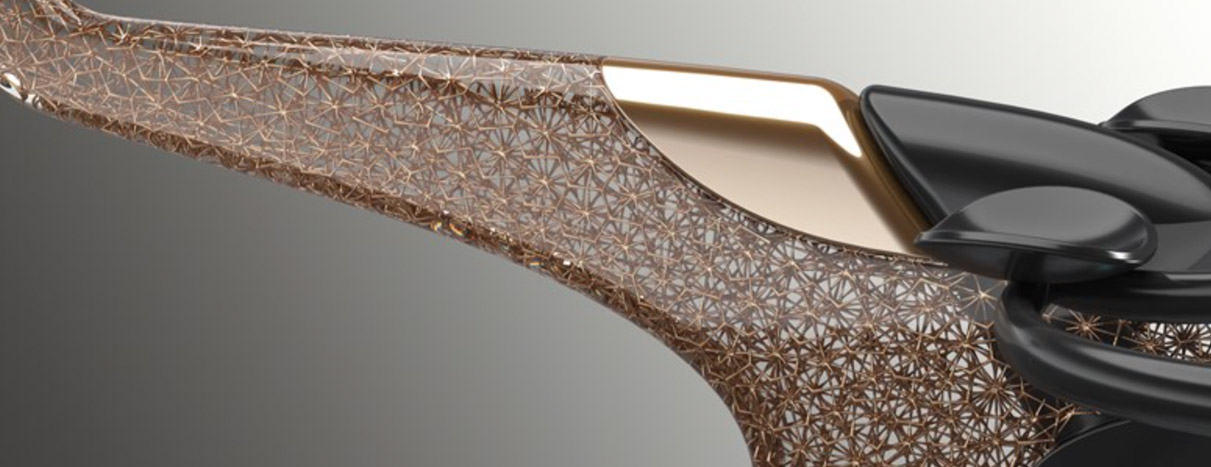 Goal directed design using 3D printing and Autodesk’s Dreamcatcher software
Goal directed design using 3D printing and Autodesk’s Dreamcatcher softwareSpace Exploration. Next stop, Mars
Artificial intelligence and robots will play a major role in space travel in the not-so-distant future. NASA already depends on unmanned shuttles, rovers and probes to explore distant galaxies that would take years for humans to reach. Autonomous land rovers have recently given researchers a treasure trove of data and photographs collected from the Martian surface, where inhospitable conditions make human exploration impossible. These smart vehicles sense obstacles, like craters, and find safe paths of travel around them before returning to the shuttle. AI technology will also help scientists react more quickly to emergencies during manned flights by allowing space-borne astronauts to spot and prevent problems before they happen. - wikipedia
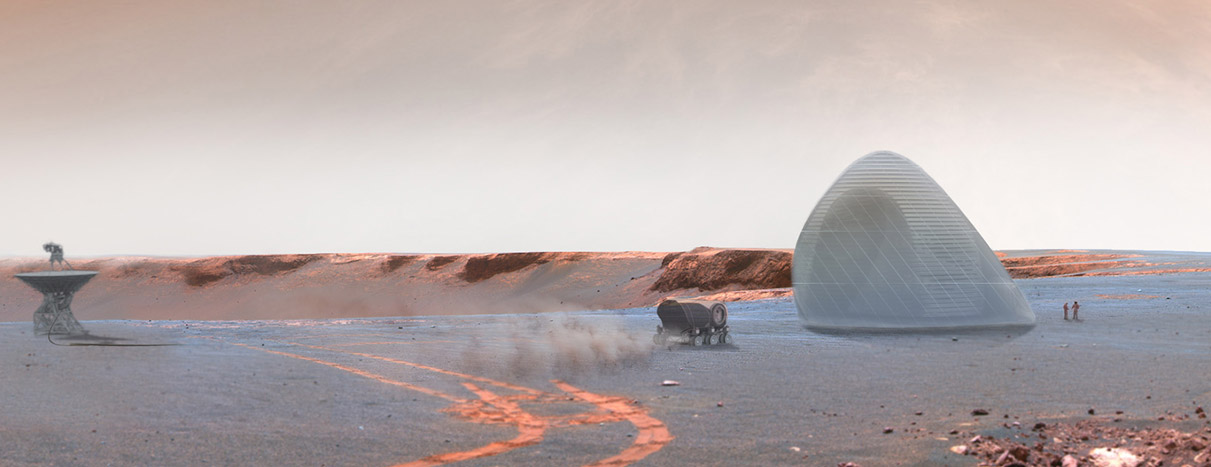 Space Exploration Architecture and Clouds Architecture Office of New York, New York, Mars Ice House.
Space Exploration Architecture and Clouds Architecture Office of New York, New York, Mars Ice House.Big Data
Big data is a term for data sets that are so large or complex that traditional data processing applications are inadequate. Challenges include analysis, capture, data curation, search, sharing, storage, transfer, visualization, querying, updating and information privacy. Accuracy in big data may lead to more confident decision making, and better decisions can result in greater operational efficiency, cost reduction and reduced risk. Big Date is a big opportunity for education on the power of information and wil. - wikipedia
 Data visualisation of a social network
Data visualisation of a social network-Dré Nitze-Nelson | 安德烈 尼采-纳尔逊
Dir. UX/UI IconMobile 05/2016 Los Angeles